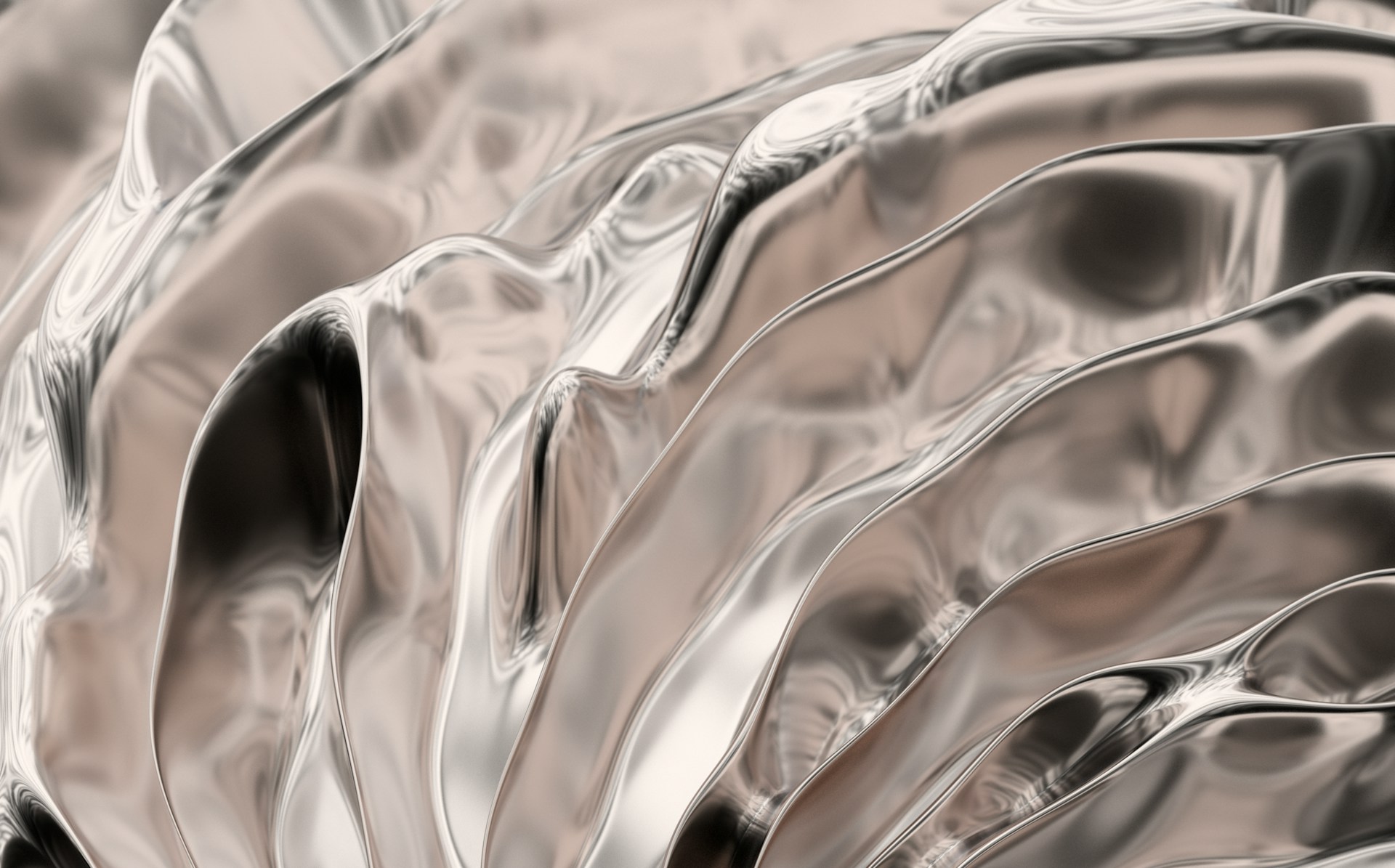An international team led by Professor Leonid Dubrovinsky at the University of Bayreuth has reported a surprising finding: a metal that is also internally polarized and optically active. The work, describes the synthesis and characterization of Mg₃Cl₇, a high-pressure magnesium chloride phase, which conducts electricity and simultaneously gives rise to second-harmonic generation (frequency doubling) under light exposure.
Yin, Y., Dubrovinsky, L., Tasnádi, F., Abrikosov, I. A., Aslandukov, A., Aslandukova, A., Akbar, F. I., Zhou, W., Knoop, F., Laniel, D., Pakhomova, A., Fedotenko, T., Glazyrin, K., Garbarino, G., Fang, H., & Dubrovinskaia, N. (2025). High-Pressure Mg 3 Cl 7 Synthesized in a Diamond Anvil Cell as a Polar Metal with Second-Harmonic Generation. Journal of the American Chemical Society, 147(36), 32591–32599. https://doi.org/10.1021/jacs.5c07812
This combination of metallic conductivity, polarity, and nonlinear optical response is highly unusual. Metals typically screen internal electric fields and lack built-in polarization. Nonlinear optical effects are normally observed in insulating or semiconducting, noncentrosymmetric materials. The discovery points toward a new regime of polar metals that may bridge electronic and photonic functionalities.
Professor Leonid Dubrovinsky at the University of Bayreuth stated,
“We are only at the beginning. The principles we have uncovered offer new ways of thinking about chemistry and materials design. Our work shows that even very simple elements like magnesium and chlorine can, under the right conditions, form completely unexpected structures with unique properties.”
In conventional metals, free electrons respond readily to internal fields and tend to neutralize any static polarization. This is why metallic electron gases usually prevent a permanent dipole from forming. Mg₃Cl₇ behaves differently: its conduction is largely mediated by electrons from chloride ions rather than a free electron gas surrounding magnesium atoms. This weakens the typical screening effect and allows the structure to maintain internal charge separation. Because the screening is reduced, the polar order can persist and allow nonlinear optical processes such as second-harmonic generation to occur despite the material being metallic.
To stabilize Mg₃Cl₇, the researchers used a diamond anvil cell, a device capable of generating pressures comparable to those deep inside planets. The compressed sample was laser-heated to promote formation of the new phase. Synchrotron X-ray diffraction was then used to determine the crystal structure while the material was under pressure. The structure revealed a noncentrosymmetric lattice, a condition required for SHG. Measurements confirmed both metallic conductivity and the optical frequency-doubling response.
Because Mg₃Cl₇ is only stable under high pressure, it cannot yet be produced in usable quantities for devices. Still, the work provides a conceptual proof that metallic conduction and internal polarity can coexist.
Polar metals have been studied before, particularly in compounds such as LiOsO₃. In those cases, optical probes revealed symmetry breaking and polar phase transitions. What makes Mg₃Cl₇ especially noteworthy is that it is a halide and that it simultaneously shows metallic conduction and SHG under extreme conditions. The discovery suggests that the design space for materials combining conduction and nonlinear optical functions is broader than previously believed.
Future work will need to address several challenges. Mg₃Cl₇ must be stabilized at ambient conditions to move beyond exploratory research. Even if stable variants can be created, integrating them into devices will require careful engineering of interfaces and fabrication processes. Researchers must also better understand the unusual conduction mechanism and how polar domains behave under applied fields.
The study demonstrates that the traditional division between metals for conduction and non-metals for optical nonlinearity can be blurred. Combining both in a single material opens possibilities for multifunctional devices, from optical modulators and frequency converters to advanced sensors.

Adrian graduated with a Masters Degree (1st Class Honours) in Chemical Engineering from Chester University along with Harris. His master’s research aimed to develop a standardadised clean water oxygenation transfer procedure to test bubble diffusers that are currently used in the wastewater industry commercial market. He has also undergone placments in both US and China primarely focused within the R&D department and is an associate member of the Institute of Chemical Engineers (IChemE).



